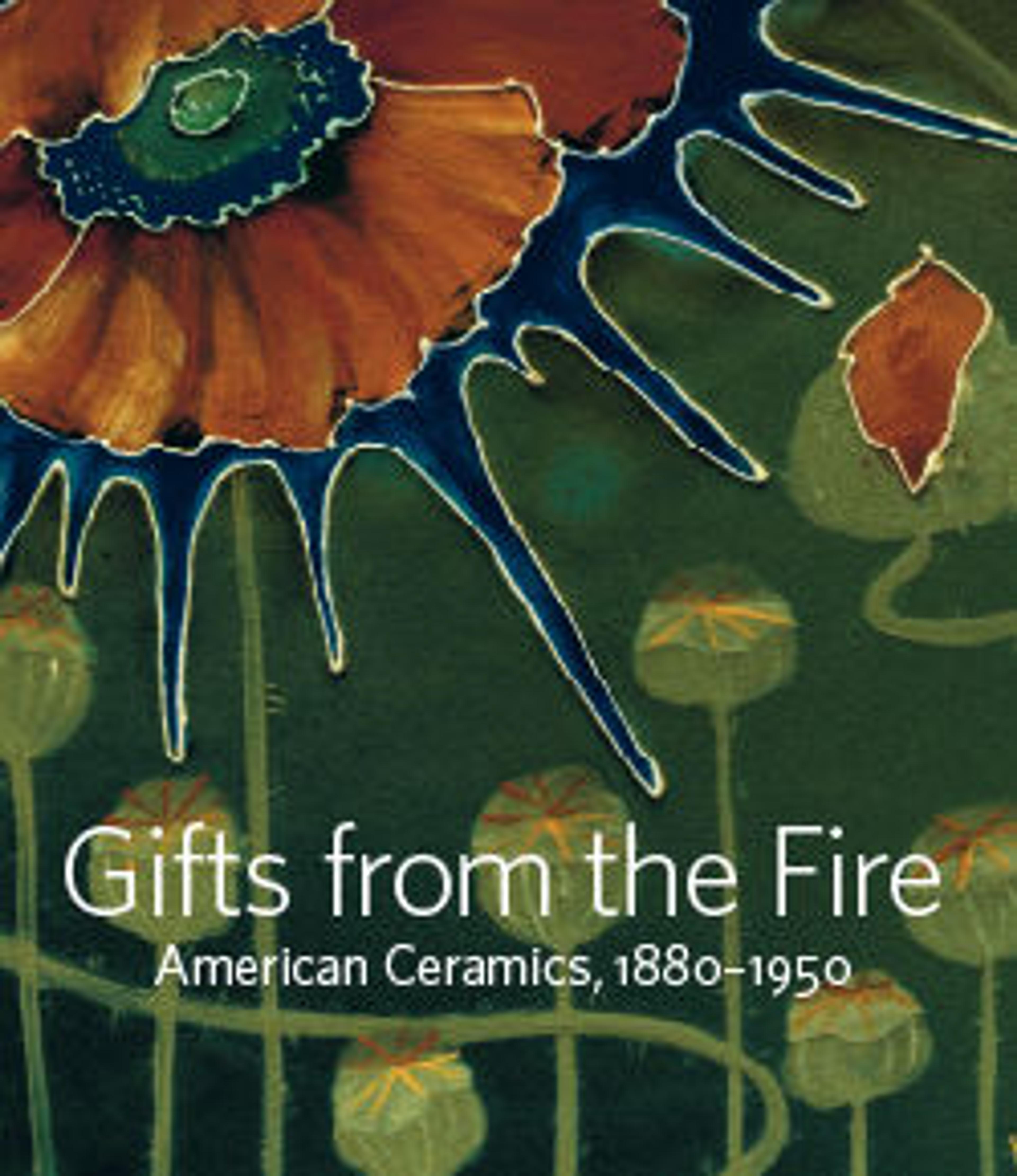Equestrian clown
Waylande Gregory’s artistic beginnings were rooted in traditional monumental sculpture. He was one of a number of designers working for the Cowan Pottery, where he created sleek, Art Deco table sculpture. After Cowan closed, he went to the famed Cranbrook Academy, outside of Detroit, where he had a studio and taught. His Cranbrook stay was cut short when the school temporarily closed due to the effects of the Great Depression. Following that, he moved to New Jersey where he set up his own ceramic studio in Metuchen. He became known for his large-scale monumental sculpture. This sculpture of a clown seated on a horse responds in one sense to the popular subject of circus entertainment, but the neoclassical sharpness of the forms and the pensive mood of the rider suggest his higher ambitions.
Artwork Details
- Title: Equestrian clown
- Maker: Waylande Gregory (American, Baxter Springs, Kansas 1905–1971 Warren Township, New Jersey)
- Date: ca. 1935–40
- Geography: Made in Metuchen, New Jersey, United States
- Culture: American
- Medium: Stoneware
- Dimensions: H (horse): 12 ¾ in.; L. 16 in.; H. (with rider): 17 7/8 in.
- Credit Line: Gift of Martin Eidelberg, 2020
- Object Number: 2020.64.23a, b
- Curatorial Department: The American Wing
More Artwork
Research Resources
The Met provides unparalleled resources for research and welcomes an international community of students and scholars. The Met's Open Access API is where creators and researchers can connect to the The Met collection. Open Access data and public domain images are available for unrestricted commercial and noncommercial use without permission or fee.
To request images under copyright and other restrictions, please use this Image Request form.
Feedback
We continue to research and examine historical and cultural context for objects in The Met collection. If you have comments or questions about this object record, please contact us using the form below. The Museum looks forward to receiving your comments.
